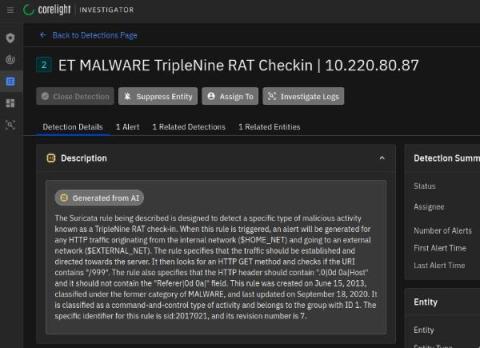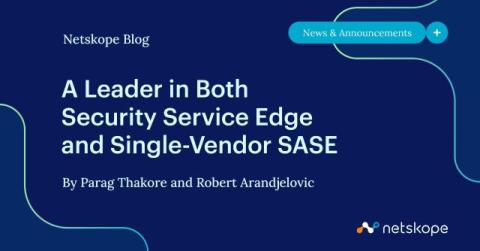The Importance of Visibility and Control in SSE
The cloud computing industry is worth almost $700 billion and still growing. Think about how much data your organization stores in the cloud — particularly if you have a remote or hybrid work structure. A security service edge (SSE) solution can help you keep this data secure. This technology protects cloud resources by monitoring and restricting data flow, regardless of location or device.











